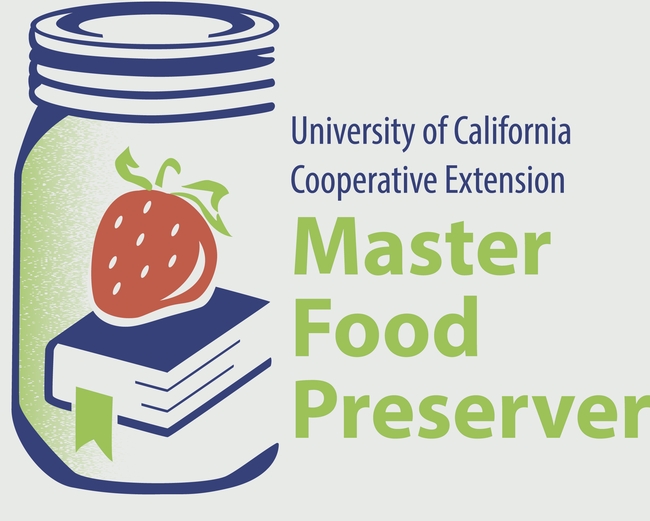
Without preservation, food begins to spoil soon after harvest. Spoilage affects the quality, nutrition, flavor, and safety of the food. Different foods need different methods for best results. And some foods respond well to several different methods.
First of all, what causes spoilage?
Molds can grow on any type of food and are tolerant of drier conditions than other microorganisms. They are destroyed by heat, particularly temperatures between 140°F and 190°F.
Yeasts can grow in all types of food. They are destroyed at temperatures between 140°F and 180°F.
Bacteria come in many varieties. They grow and multiply, making food soft and slimy with an unpleasant odor. Some bacteria produce dangerous toxins. They grow at a variety of temperatures and some can grow without oxygen. Most bacteria thrive in low acid foods such as vegetables or meat. While most bacteria are destroyed by heat some highly toxic ones can ONLY be killed by the sustained higher temperature (240°F) of steam.
Enzymes are chemicals that make fruit and vegetables mature, but also to break down and rot. You blanch food before freezing to inactivate the enzymes and retain quality.
Now, how to safely preserve food?
Canning is a wonderful way to preserve meat, fruit, and vegetables without the need for electricity over a long storage time. High-acid foods, such as fruits, pickled vegetables or relishes, and some tomato products, are safely processed in a Boiling Water Bath or Steam Canner, using specific processing times to ensure the temperature is achieved throughout. Low-acid foods, such as most vegetables and all meats MUST be processed in a Pressure Canner.
Canning inevitably softens most foods (with the exception of pickled ones) and some prefer freezing vegetables such as peas, green beans, or squash because of this. Color and texture of food can degrade over time, but is slowed by keeping the home-canned foods in a cool and, particularly, dark storage area. As a rule of thumb, unopened home canned foods have a shelf life of one year and should be used before two years. Here is a source for extensive reliable information on canning methods: https://nchfp.uga.edu/how/can_home.html
Dehydration removes moisture from food so microorganisms cannot grow and enzymes are slowed. Store dried foods in airtight containers to keep out moisture. Fruits, vegetables, nuts, grains, and meat (as in jerky) can be safely preserved through dehydration. Note that dried foods are susceptible to insect contamination and moisture re-absorption and must be properly packaged and stored immediately. Store in clean, dry home canning jars (here's a place you can re-use lids), plastic freezer containers with tight-fitting lids or in plastic freezer bags. Vacuum packaging is also a good option. Pack foods in amounts that can be used all at once. Each time a package is re-opened, the food is exposed to air and moisture that can lower the quality of the food and result in spoilage.
Kept in a cool, dry, location dried fruits can be stored for 1 year at 60ºF, 6 months at 80ºF. Vegetables have about half the shelf-life of fruits. Find more information of dehydration here:
Freezing slows microbial growth, but does not stop it. Frozen foods lose quality over time, limiting storage to 1 year or less. Once thawed, frozen foods must be used promptly or they will spoil. Some foods, such as cabbage, do NOT take well to freezing, you can find a chart with information on those here.
Pickling or Fermenting of food greatly increases it's acidity making it difficult for most bacteria to grow. Pickled foods should be processed in a boiling water bath for long-term storage or kept in a refrigerator. Storage times and methods vary for different products. For more information check here.
Jams and Jellies and other fruit spread's high sugar content binds up moisture making it difficult for microorganisms to grow. They still must be processed in a boiling water bath or frozen to insure protection from spoilage from molds or yeasts.
Cured and Smoked meats are a combination of dehydration and fermentation. They can contain a lot of salt and/or sugar, which binds up moisture microorganisms would need.
You can find great recipes for curing meats online here.
Now you can go ahead and plan your and garden and food preservation methods and storage space to fit your needs!
Questions about food preservation? Contact the Master Food Preserver Program through the Humboldt County Cooperative Extension Office for information: 707) 445-7431, or online at: http://cehumboldt.ucdavis.edu